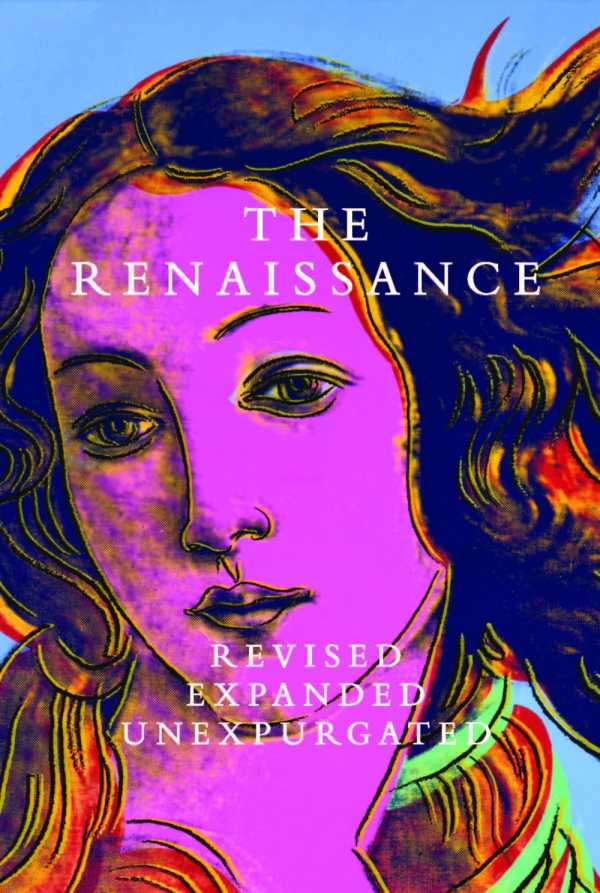The Renaissance
Revised, Expanded, Unexpurgated
Pick up this book if you want to see beyond a worshipping view of the historical period that shaped the modern world with all its glories and horrors.
The Renaissance, with nineteen essays plus photo explorations, changes the reader’s perspective of the period, its art and artists, and its impact on modern times. D. Medina Lasansky claims that the book “resembles a website” because of the thematic grouping of prose and photo essays.
The essays show that the meaning of the Renaissance is unfixed and evolving. Modern concerns have equivalents in Renaissance times. All the essays provide food for thought, taking a new approach to each topic. For instance, instead of defending Michelangelo’s homosexuality, the first essay in the section, “Sex Matters,” shows how “the masculine, sexualized persona of the artist is the product of Renaissance culture practices and art theory,” and the second shows how creativity and masculinity continue to be linked. Essays generally follow a traditional format, include sufficient and convincing supporting evidence, and are engaging.
Juxtaposition of essays within a section allows readers to draw their own conclusions. The two essays in the section “When Art Speaks” achieve this purpose—“Pasquino” focuses on public statues in Rome that have been used since the beginning of the 16th century as a place to anonymously post complaints, often aimed at very powerful individuals, while “Sacred Graffiti” considers that graffiti-like “inscriptions” can be acts of devotion, not disrespect.
When the photo essays are done well, they provide intriguing asides to the topic. “Renaissance Plastic Surgery” reveals how far some people would go to achieve physical perfection. This photo essay introduces “La Bella Figura,” a section exploring the ways people of the past and present seek to appear graceful and aristocratic, especially if they are neither. These features enhance the text and are integral to the high quality of the book.
D. Medina Lasansky is an associate professor in the department of architecture at Cornell University. Her focus is on the relationships between politics, popular culture, and the built environment.
Reviewed by
Geraldine Richards
Disclosure: This article is not an endorsement, but a review. The publisher of this book provided free copies of the book to have their book reviewed by a professional reviewer. No fee was paid by the publisher for this review. Foreword Reviews only recommends books that we love. Foreword Magazine, Inc. is disclosing this in accordance with the Federal Trade Commission’s 16 CFR, Part 255.

